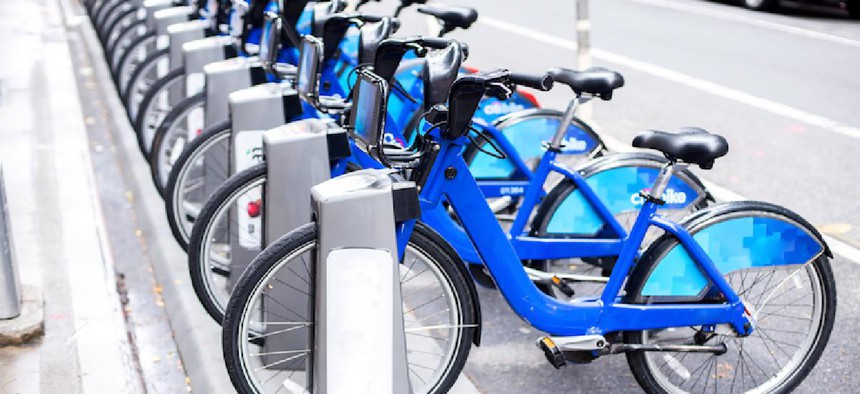Citi Bike must do better.
Mock if you like, but the service is perpetuating New York City’s growing class divide.
It might sound odd that Citi Bike is contributing to inequity, but by not evenly promoting the health benefits of bicycle riding, providing another link between far-flung neighborhoods and offering bicycles to a wide swath of New Yorkers, the program is doing just that.
At its best, Citi Bike democratizes bicycle ownership and riding, allowing anyone to borrow a bicycle and then return it to any docking station across the city. But expansion of Citi Bike has been so uneven that its benefits are not easily available to many New Yorkers.
Operated by Department of Transportation corporate partner Motivate, the service costs yearly subscribers $14.95 per month for unlimited 45-minute rides. Users can also choose $12 day passes for unlimited 30-minute rides and $24 3-day passes for unlimited 30-minute rides.
These prices make the bike service a luxury that many New Yorkers cannot afford, exacerbated by the fact that the Department of Transportation has located stations in predominantly white, high-income neighborhoods. There are zero stations in the Bronx, the state’s poorest county, a small handful in Queens’ Long Island City neighborhood, but nowhere else in the city’s second-most populous borough, and zero above 110th Street in northern Manhattan.
Biking is a healthy transportation option the Department of Transportation should be promoting with vigor in areas that tend to have more severe health problems, less access to healthy, fresh foods and higher rates of obesity. Many of the city’s neighborhoods that would benefit most are also transportation deserts, where the service could also provide a vital link between often inconvenient and unreliable bus and subway transfers.
And these communities are certainly open to hosting Citi Bike locations.
Elected officials in several divergent communities have requested that Citi Bike be brought into their districts to no avail or response. Assemblyman Phil Goldfeder, who represents several neighborhoods in southern Queens, including the entire Rockaway peninsula – an area with the longest commute times in the city – has asked the Department of Transportation to explore bringing stations to his district, at least for the summer, but said he never received any reply.
“I believe we wrote a letter, 18 months ago,” Goldfeder said. “I don’t recall if we got a response. I don’t believe so. I think it would be a tremendous benefit to the community.”
After seeing similar bike share services elsewhere Goldfeder is surprised there are so few locations in Queens and none in his district.
“I’m a big biker and I’ve seen how bike shares work in Long Beach and other parts of Long Island. And there’s no logical reason why Rockaway has not been considered,” Goldfeder added.
Goldfeder’s comments echo pointed criticism of the Citi Bike program by Bronx Borough President Ruben Díaz Jr. – a possible 2017 mayoral candidate – for expanding to Jersey City before coming to his borough.
“It is deplorable that Citi Bike is expanding to New Jersey before the rest of the city,” he said in a statement. “My borough deserves better, as do the parts of Manhattan, Brooklyn, Queens and Staten Island that are not currently served by our city’s official bike share program.”
To truly democratize the benefits of bicycle riding and make the bike share service accessible to more New Yorkers, Citi Bike must be expanded more comprehensively, possibly allowing Motivate to reduce prices.
Citi Bike has incredible potential but in order to satisfy its mission of becoming an essential part of New York City’s transportation network, it cannot be a bike-sharing service for the well heeled.
Noah Zuss is a journalist based in New York.


